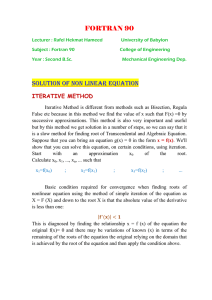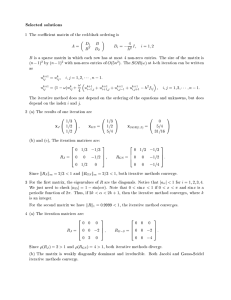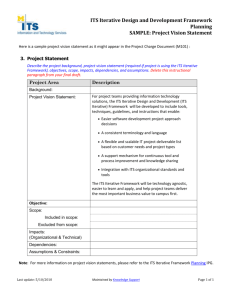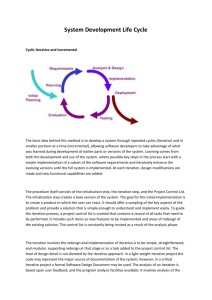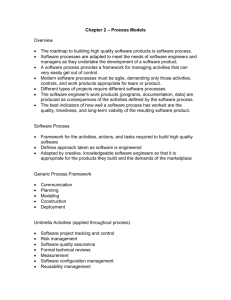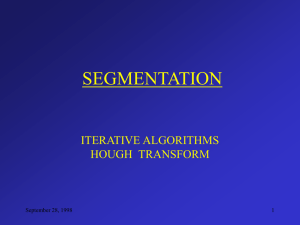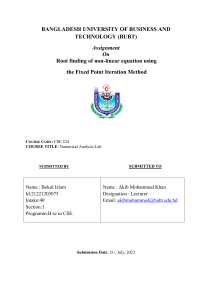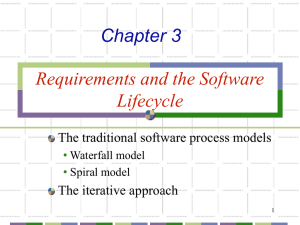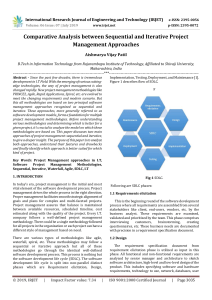Viable system model in capturing iterative features within architectural design... Abstract: In project management, iteration can ...
advertisement
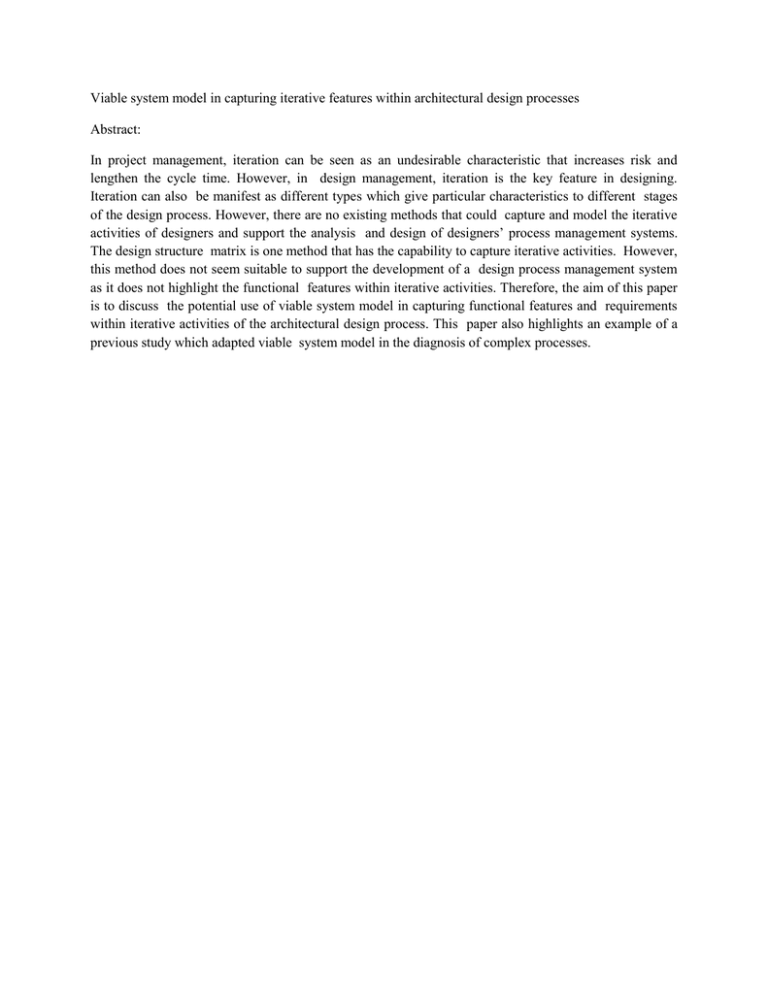
Viable system model in capturing iterative features within architectural design processes Abstract: In project management, iteration can be seen as an undesirable characteristic that increases risk and lengthen the cycle time. However, in design management, iteration is the key feature in designing. Iteration can also be manifest as different types which give particular characteristics to different stages of the design process. However, there are no existing methods that could capture and model the iterative activities of designers and support the analysis and design of designers’ process management systems. The design structure matrix is one method that has the capability to capture iterative activities. However, this method does not seem suitable to support the development of a design process management system as it does not highlight the functional features within iterative activities. Therefore, the aim of this paper is to discuss the potential use of viable system model in capturing functional features and requirements within iterative activities of the architectural design process. This paper also highlights an example of a previous study which adapted viable system model in the diagnosis of complex processes.
